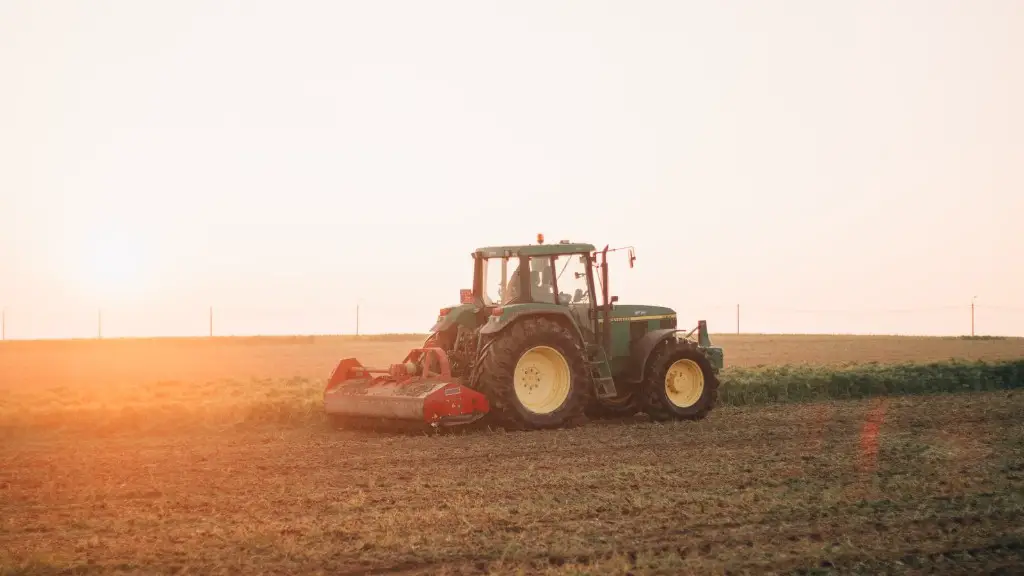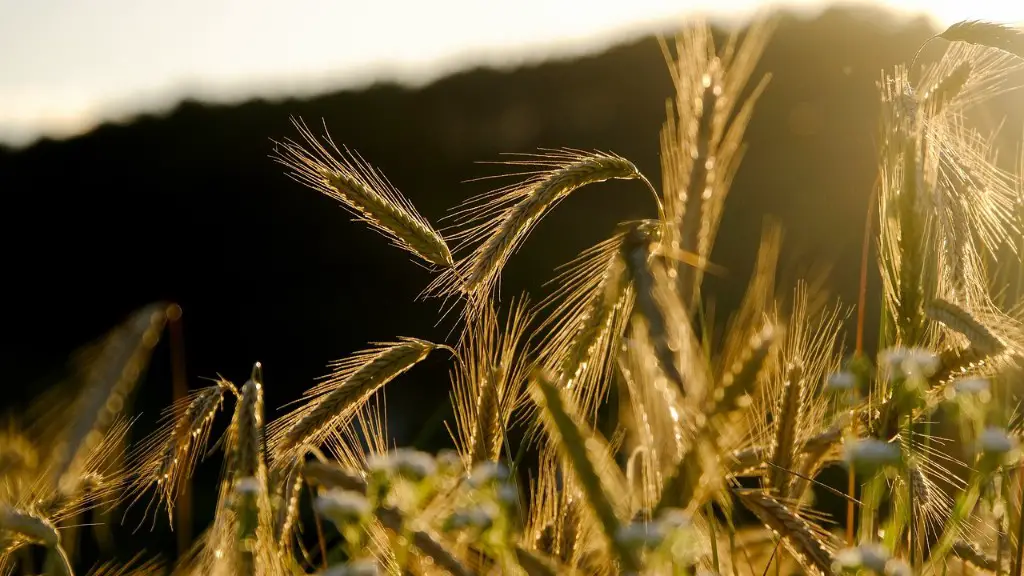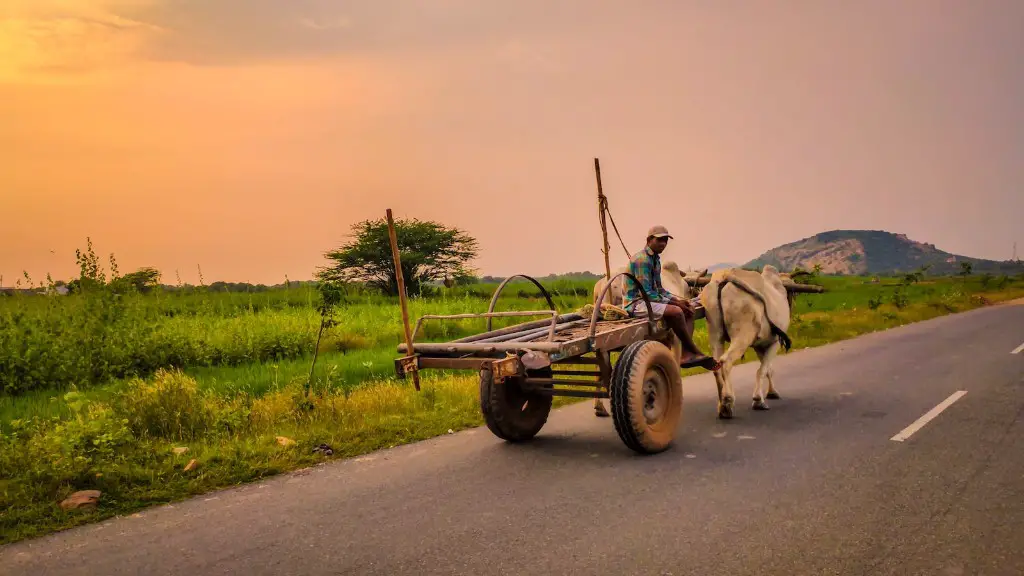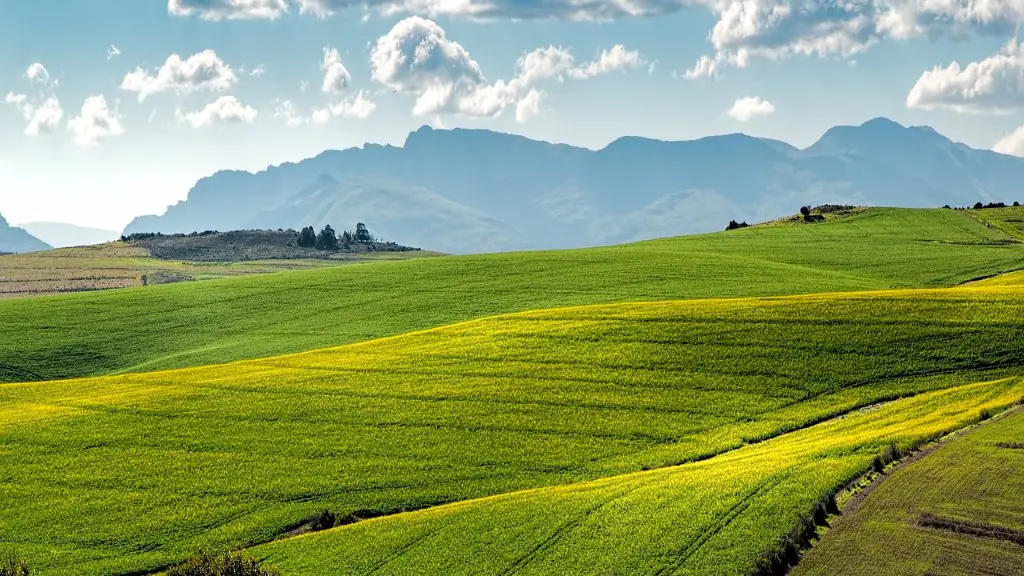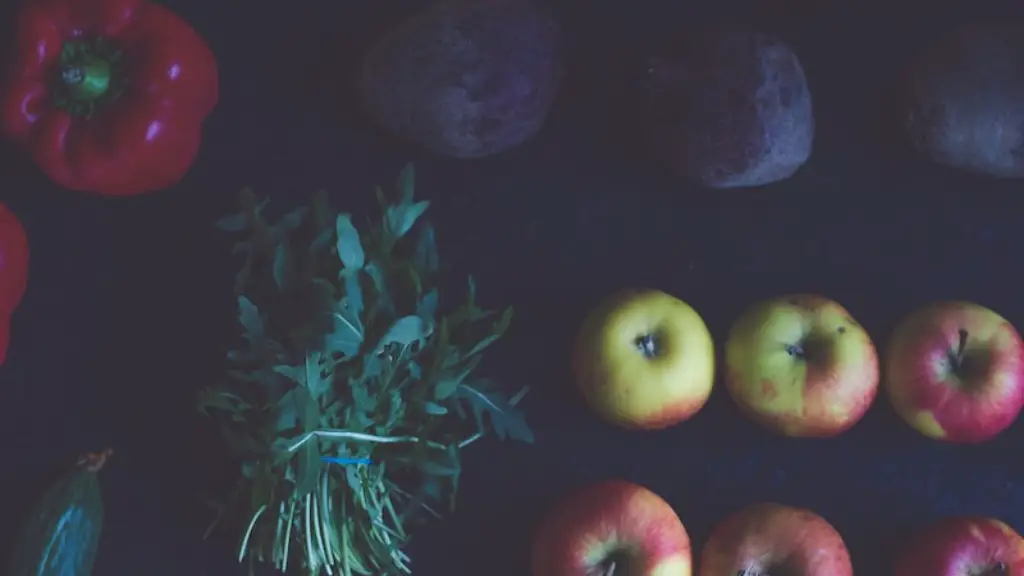Runoff is water that flows over the land surface and eventually returns to a water body. It occurs when the soil can’t absorb all the water from a rain or melting snow event. Runoff in agriculture is a major concern because it can carry pollutants from the land into surface waters.
In agriculture, runoff is the water that flows from the land surface to a lower point, such as a stream or pond. Runoff occurs when the soil is unable to absorb all of the water that falls on it during a rainstorm or irrigation. The excess water flows over the surface of the ground, picking up any loose soil, fertilizers, or pesticides as it goes. This can pollute water supplies and cause environmental problems.
What is agricultural runoff examples?
Rainwater, snowmelt, and irrigation runoff can carry manure, polluted sediment, bacteria, and chemicals into water. Leaky manure lagoons, over-application of nitrates, nutrients, and chemicals from manure can pollute groundwater.
Sedimentation is a process in which rainwater picks up particles of dirt and deposits them in lakes or streams. This can have a negative impact on water quality, but humans can help to limit agricultural runoff by being careful not to over-water their crops and avoiding excessive pesticide use.
What do farmers affect runoff
Farmers can reduce runoff by leaving the soil surface undisturbed from harvest to planting, using conservation practices such as no-till or conservation tillage. They can also plant cover crops to uptake residual nutrients, and/or maintain vegetated buffer strips around fields and streams to intercept runoff.
Runoff from nonpoint sources is a major problem for the environment. Lawn fertilizer, car exhaust, and even spilled gasoline from a car can all contribute to runoff. Farms are a huge nonpoint source of runoff, as rainwater and irrigation can wash fertilizers and pesticides into bodies of water. Impervious surfaces, or surfaces that can’t absorb water, also increase runoff.
What causes agriculture runoff?
Agricultural runoff is a huge problem because it can contain pollutants from the farm, including pesticides, fertilizers, and animal waste. These pollutants can contaminate waterways and harm wildlife. Runoff can also cause flooding and erosion.
Organic matter loading is a common issue in many areas, especially those with large farming or agricultural populations. The most common sources of organic matter are runoff from farmyards and cultivated fields, as well as waste waters from livestock or processing facilities. This can often lead to problems with water quality, as organic matter can encourage the growth of harmful bacteria or algae. In some cases, it may also lead to the depletion of oxygen in the water, which can be dangerous for fish and other aquatic creatures.
How does agricultural runoff cause pollution?
Agricultural runoff is a major environmental problem because it can contaminate water supplies with pollutants and chemicals. Runoff occurs when rain or melted snow carries soil and other pollutants from the land into waterways. These pollutants can include fertilizers, pesticides, and animal waste. They can also include contaminated runoff from animal feedlots, factory farms, and sewage treatment plants. Agricultural runoff is a major source of water pollution in the United States.
Runoff from poorly managed facilities can carry pathogens such as bacteria and viruses, nutrients, and oxygen-demanding organics and solids that contaminate shellfishing areas and cause other water quality problems. Ground water can also be contaminated by waste seepage. While there are many ways to prevent or clean up contamination, the best way to protect our water resources is to prevent pollution at the source.
Why is it important to reduce runoff
This is a serious problem because polluted runoff can contaminate our drinking water and make people sick. It can also harm fish, wildlife and their habitat. We all need to do our part to help reduce polluted runoff.
Uncontrolled stormwater runoff can have many cumulative impacts on humans and the environment, including flooding, damage to public and private property, eroded streambanks, and widened stream channels. These impacts can cause loss of life, damage to property, and disruption to local communities. In some cases, uncontrolled stormwater runoff can also contaminate drinking water supplies.
Is runoff bad for soil?
Water runoff can carry away soil moisture and organic matter, which can lead to lower soil fertility and decreased soil carbon levels.
Precipitation is any type of water that falls from the sky, including rain, snow, sleet, and hail. The intensity of precipitation is the amount of water falling per unit of time, usually expressed in inches per hour. The amount of precipitation is the depth of water that has accumulated on the ground, usually expressed in inches. The duration of precipitation is the length of time over which it occurs, usually expressed in minutes or hours.
What are two examples of how farmers can prevent agricultural runoff
It is important to take measures to protect our streams and waterways from pollution and damage. One way to do this is through the use of filter strips. Filter strips move row crop operations away from streams and function as collection centers for nutrient runoff. Cover crops reduce soil erosion and hold nutrients in place. No-till practices also reduce soil erosion and improve field-level water infiltration capacity. All of these practices help to keep our waterways clean and healthy.
Urban runoff can be detrimental to aquatic animals and organisms for many reasons. Contaminants in the water can sicken and kill fish, coral and other aquatic animals. Other contaminants can lead to algae blooms which can also reduce the populations of necessary organisms.
Where does runoff water go?
Storm water runoff is the water that flows overland or is discharged by storm sewers into nearby waterways or treatment devices. Waterways may be stream beds, rivers, or lakes. Treatment devices include rain gardens, swales, infiltration practices, wet ponds, and bioretention systems.
Storm water runoff can carry pollutants such as nutrients, sediment, heavy metals, and bacteria. These pollutants can harm the quality of water in rivers, lakes, and groundwater aquifers. They can also harm the plants and animals that depend on these water bodies for their survival.
storm water management is the process of controlling and preventing the discharge of storm water runoff. This can be done through the use of best management practices (BMPs).
BMPs are structural and/or managerial practices that are designed to control storm water runoff. They can be used to control runoff from a single site or from an entire watershed.
The use of BMPs is one of the most effective ways to protect water quality. BMPs can be used to control storm water runoff before it becomes contaminated and to treat contaminated runoff.
There are many different types of BMPs. Some common BMPs include:
• Rain gardens
While urban and suburban areas may produce more stormwater runoff, this does not mean that wastewater systems are designed to overflow and discharge Untreated sewage directly to nearby streams, rivers, or other water bodies. In fact, many wastewater systems are designed to protect against overflows and discharge of Untreated sewage.
Conclusion
Runoff in agriculture is water that flows over the land surface or percolates through the soil and eventually leaves the field. It is often a major source of water pollution since it can carry sediments and other pollutants from the field.
Runoff is the water that flows off of the land surface after a rainfall or snowmelt event. It can transport sediment, nutrients, and other pollutants that can impact water quality. Runoff from agricultural land can be particularly problematic because of the prevalence of pesticides and fertilizers used in these areas. Proper management of agricultural runoff can help to protect water quality and reduce the potential for water pollution.
